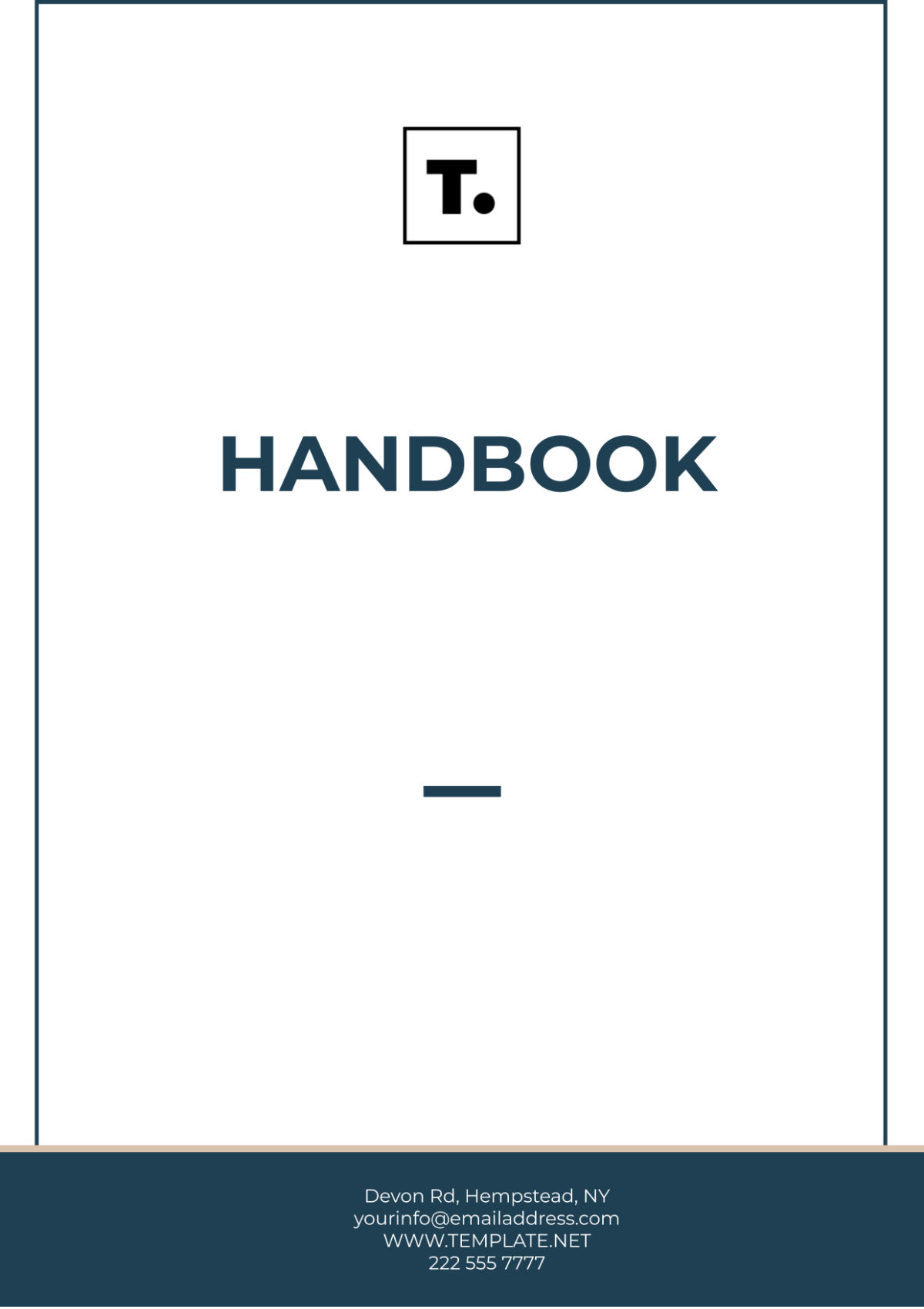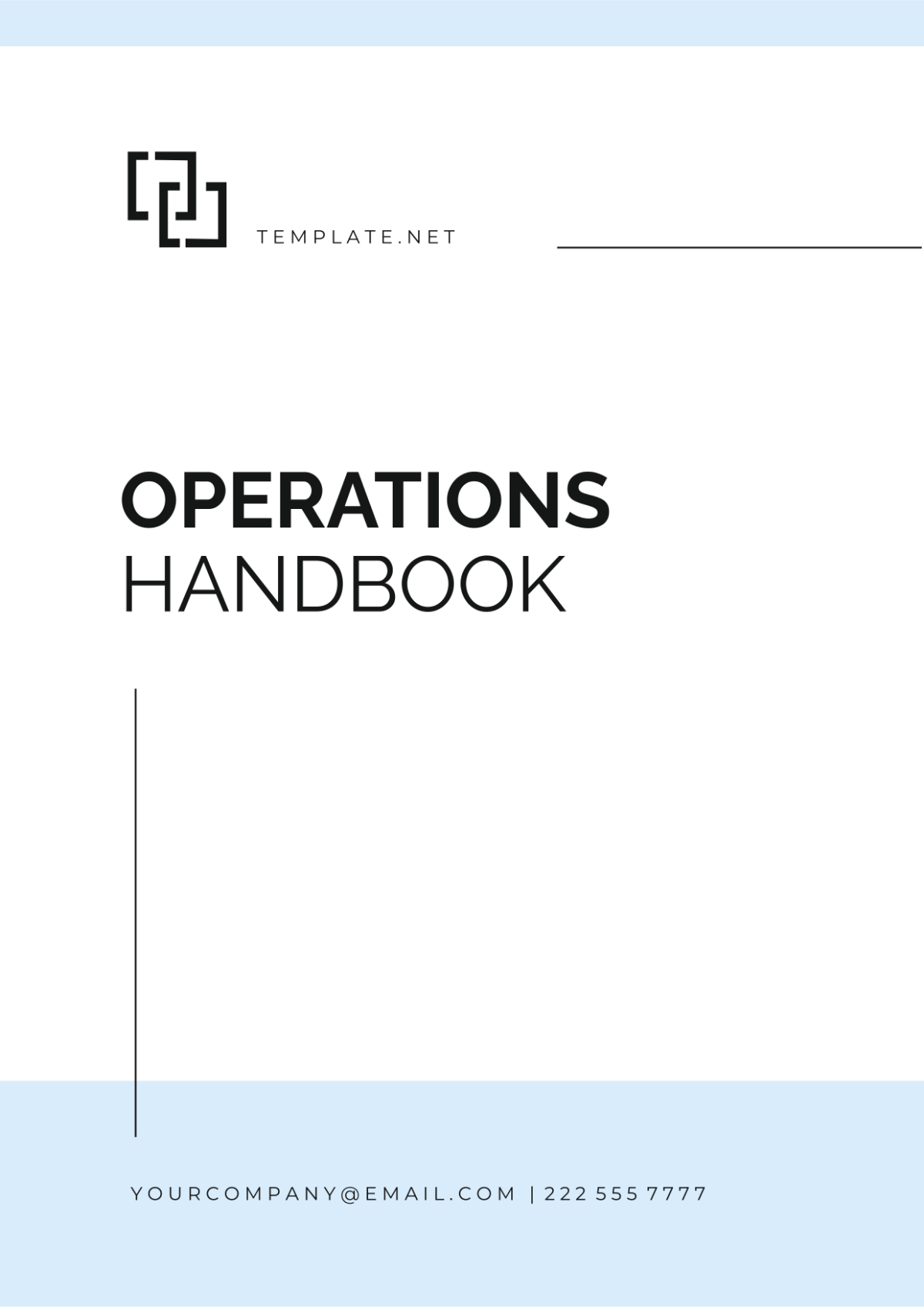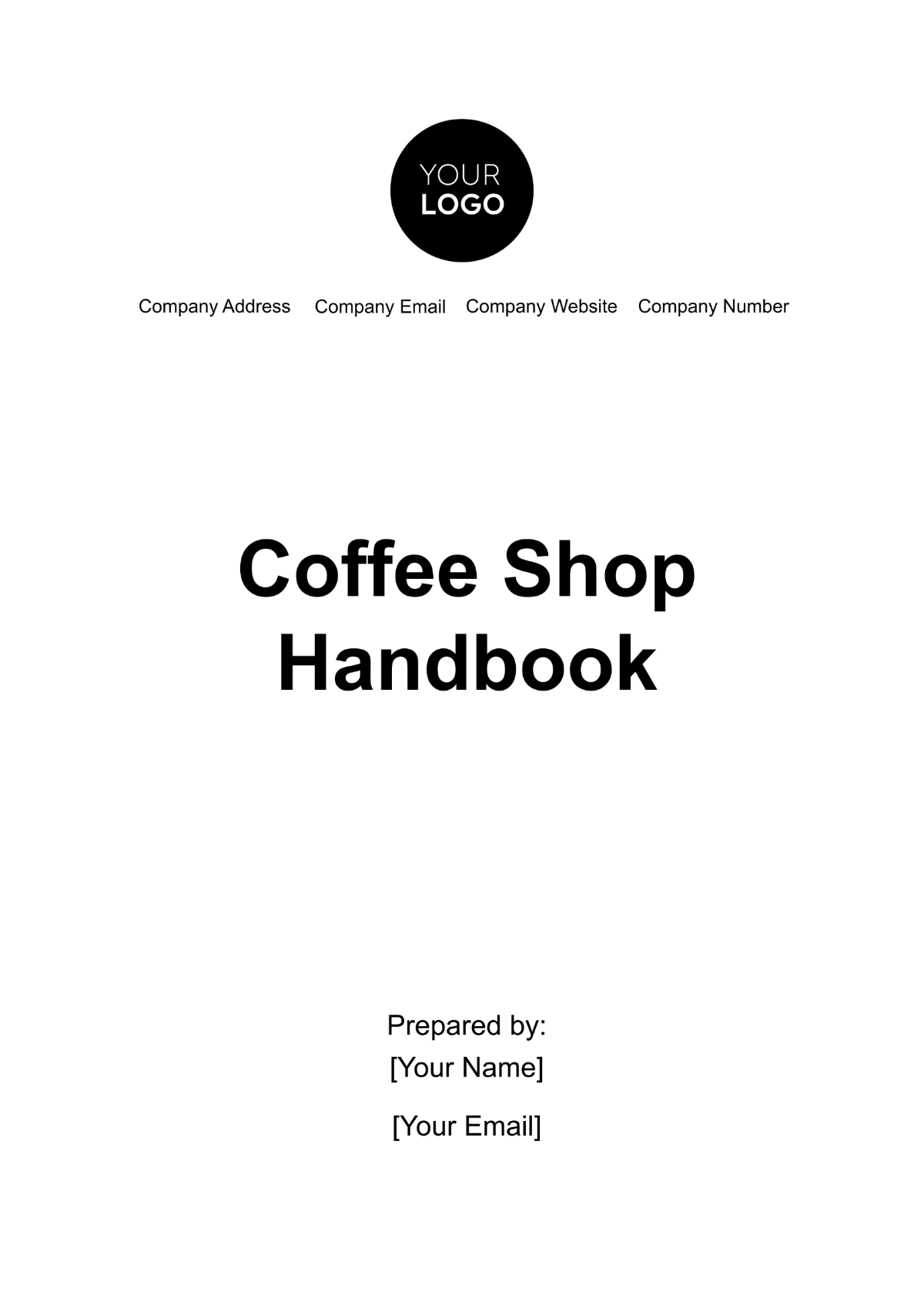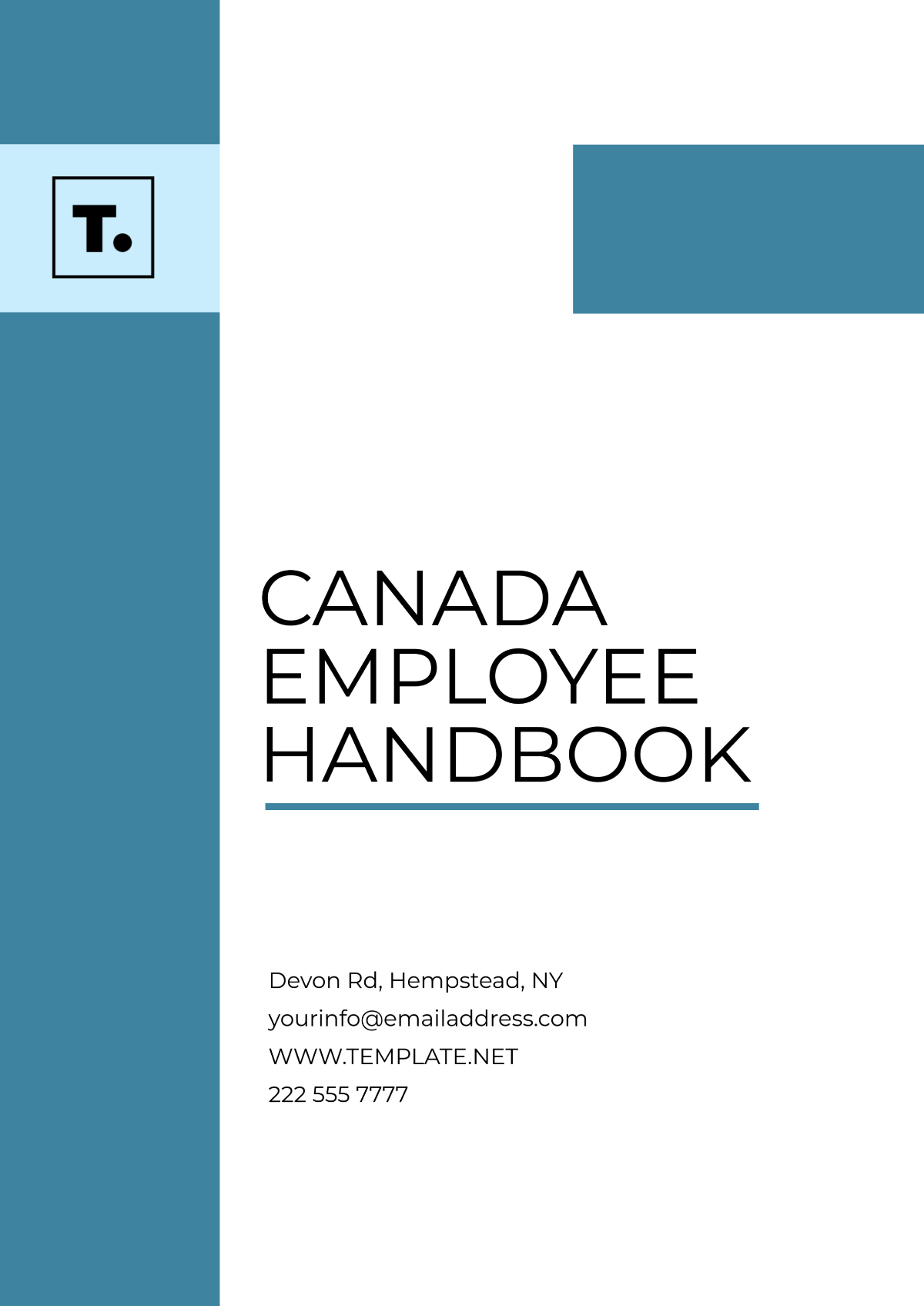Financial Procedures Handbook
I. Introduction
Purpose of the Handbook
This Financial Procedures Handbook is designed to compile and centralize the financial policies, procedures, and guidelines that govern the financial practices of [Your Company Name]. It serves as a reference for all employees to understand their roles and responsibilities within the financial framework of the organization.
Scope and Applicability
This handbook applies to all departments, employees, and stakeholders involved in the financial operations of [Your Company Name]. It covers a range of financial activities from budgeting and accounting to payroll and audits.
II. Financial Management Principles
Employees at [Your Company Name] are expected to adhere to the highest standards of ethical conduct. This includes compliance with applicable laws and regulations, avoiding conflicts of interest, and ensuring accuracy and honesty in all financial records and reports.
Responsibility and Authority
CFO (Chief Financial Officer): | Responsibilities: Oversees all financial operations, establishes company-wide financial strategy, ensures accuracy of financial reports, compliance with regulatory requirements, and implementation of internal controls. Authority: Approves expenditures up to $1,000,000; oversees budget creation and adjustments; finalizes financial reports; authorizes high-level financial decisions. |
Finance Manager: | Responsibilities: Manages day-to-day financial operations, supervises finance team, prepares budgets and reports, and analyses financial data. Authority: Approves expenditures up to $250,000; proposes budget adjustments; authorizes routine financial transactions and reports. |
Departmental Managers: | Responsibilities: Manage departmental budgets, ensure departmental compliance with financial procedures, forecast financial needs, and report on financial performance. Authority: Approves expenditures up to $50,000; responsible for departmental budget proposals and adjustments; authorizes departmental purchases. |
Risk Management and Internal Controls | Separation of Duties: Ensures no single individual has control over all aspects of a financial transaction. Responsibilities for authorizing, recording, and reviewing transactions are distributed among different individuals. Regular Audits: Both internal and external audits are conducted regularly to ensure the integrity of financial information and compliance with policies and regulations. Access Controls: Access to financial systems and data is restricted based on role-specific requirements. Regular reviews of access rights are conducted to maintain security. |
III. Budgeting Procedures
Annual Budget Preparation
Departmental Budget Submission (April-May): Each department submits detailed budget proposals for the upcoming fiscal year, including projected revenues, expenses, and justifications for significant changes or requests.
Budget Review Meetings (June): The finance team reviews all departmental budgets, discusses with department heads, and makes adjustments as necessary.
Draft Budget Compilation (July): The finance team compiles all reviewed budgets into a draft overall budget.
Executive Review (August): The draft budget is reviewed and revised by the executive team.
Board Approval (September): The final budget is presented to the Board of Directors for approval.
Budget Modifications and Amendments
Modification Requests: All requests must be submitted in writing with detailed justifications and impact analysis.
Approval Process: Modifications under $10,000 can be approved by the Finance Manager; between $10,000 and $100,000 by the CFO; and over $100,000 by the Board of Directors.
Monitoring and Reporting
Monthly Reports: Departments must submit monthly reports detailing actual vs. budgeted performance.
Variance Analysis: The finance team conducts monthly variance analysis and reports significant issues to management.
Adjustment Recommendations: Based on performance and forecasted needs, recommendations for budget adjustments are made.
IV. Accounting and Record Keeping
Chart of Accounts
Account Number | Account Name | Description |
|---|---|---|
1000 | Cash | All liquid currency held by the company |
1010 | Petty Cash | Funds kept on hand for small, incidental expenses |
1020 | Savings Account | Company savings account balances |
1100 | Accounts Receivable | Amounts owed to the company by customers |
1200 | Inventory | Value of goods the company has for sale |
1300 | Prepaid Expenses | Payments made in advance for goods or services |
1400 | Fixed Assets | Long-term assets like property, plant, and equipment |
1410 | Accumulated Depreciation | Total depreciation for all fixed assets |
1500 | Investments | Company investments in stocks, bonds, or other companies |
2000 | Accounts Payable | Amounts the company owes to suppliers or creditors |
2100 | Accrued Expenses | Expenses that have been incurred but not yet paid |
2200 | Deferred Revenue | Revenue received but not yet earned |
2300 | Notes Payable | Short-term loans to be paid |
2400 | Long-term Debt | Loans and financial obligations payable over a longer term |
3000 | Owner's Equity | The owner's rights to the assets of the business |
3100 | Retained Earnings | Profits reinvested in the business and not paid out in dividends |
4000 | Revenue | Income from sales or services |
4100 | Interest Income | Income from interest earned on bank accounts or notes receivable |
5000 | Cost of Goods Sold | Direct costs attributable to goods sold and services provided |
6000 | Operating Expenses | Expenses incurred during usual business operations |
6100 | Salaries and Wages | Payments to employees for services rendered |
6200 | Rent Expense | Costs associated with leasing office space or equipment |
6300 | Utilities | Costs of utilities such as electricity, water, internet |
6400 | Insurance | Costs of business insurance policies |
6500 | Marketing and Advertising | Costs associated with promoting the company |
6600 | Travel | Expenses related to business travel |
6700 | Professional Fees | Fees paid for legal, consulting, accounting services |
7000 | Interest Expense | Cost incurred on borrowed funds |
8000 | Other Income | Non-operational income |
8100 | Other Expense | Non-operational expense |
General Ledger Maintenance
Daily Transactions: All financial transactions are recorded daily into the general ledger.
Monthly Reconciliations: Accounts are reconciled monthly to ensure accuracy.
Year-End Closing: Specific procedures are followed for closing the books at the end of the fiscal year, including adjusting entries and preparing for audit.
Receipts and Disbursements
Receipts: All incoming funds are recorded and deposited daily. Procedures detail acceptable forms of payment, endorsement, and depositing.
Disbursements: Payments are made only after proper authorization. All disbursements are recorded, and supporting documents are retained for audit purposes.
Financial Reporting and Statements
Monthly Financial Statements: Include balance sheets, income statements, and cash flow statements.
Quarterly Reports: More comprehensive reports including budget vs. actual analysis.
Annual Reports: Year-end reports are prepared for stakeholders, including comprehensive financial statements and notes.
V. Asset Management
Capital Assets
Acquisition: All asset acquisitions above $5,000 must be approved by the CFO and recorded at cost.
Depreciation: Assets are depreciated over their useful life using straight-line depreciation. A schedule of assets and their respective depreciation methods and rates is maintained.
Disposal: Disposal of assets must be approved by the Finance Manager and any gain or loss on sale is recorded.
Inventory Control
Recording: All inventory purchases and usage are recorded in real-time.
Stocktakes: Physical inventory counts are conducted semi-annually, and discrepancies are investigated and resolved.
Valuation: Inventory is valued using the First-In-First-Out (FIFO) method, and adjustments are made for any obsolete or damaged items.
Depreciation and Disposal
Depreciation Schedule: A detailed schedule of all capital assets, their cost, accumulated depreciation, and net book value is maintained.
Disposal Procedures: Outlines the steps for disposing of assets, including approval, removal from books, and handling of any proceeds or losses.
VI. Procurement Procedures
Vendor Selection
Criteria such as price, quality, reliability, and service are used to evaluate potential vendors.
All new vendors must be approved by the Procurement Manager and added to the approved vendor list.
Purchasing Authority
Role | Purchase Limit |
|---|---|
Department Head | Up to $10,000 |
Finance Manager | Up to $250,000 |
CFO | Above $250,000 |
Bidding and Quotations
Competitive Bidding: Required for purchases over $100,000. Procedures detail how to solicit and evaluate bids.
Quotations: For purchases between $10,000 and $100,000, at least three quotations are required.
Contracts Management
Negotiation: Guidelines for negotiating terms and conditions.
Monitoring: Regular review of contract performance.
Renewal/Termination: Procedures for contract expiration and termination, including notice periods and close-out procedures.
VII. Payroll Administration
Employee Classification
Full-Time Employees: Eligible for all company benefits and subject to standard tax withholdings.
Part-Time Employees: Work less than full-time hours and have different benefits eligibility.
Contractors: Not considered employees and responsible for their own taxes and insurance.
Timekeeping and Payroll Processing
All employees are responsible for accurately recording their time.
Payroll is processed bi-weekly. All calculations for deductions, benefits, and taxes are detailed in this section.
Deductions, Benefits, and Taxes
Deductions: Includes federal and state taxes, social security, health insurance, and retirement contributions.
Benefits Administration: Details the administration of health, dental, retirement, and other employee benefits.
Tax Compliance: Ensures compliance with all tax withholding and reporting requirements.
VIII. Expense Reimbursement
Travel and Entertainment
Eligibility: Criteria for what constitutes reimbursable travel and entertainment expenses.
Limits: Set limits for different categories of expenses, such as lodging, meals, and transportation.
Approval Process: All expenses must be approved by the department head and submitted with the required documentation.
Petty Cash Management
Petty Cash Fund: Established for small, incidental expenses. Details fund setup, disbursement, and replenishment procedures.
Reconciliation: Regular reconciliation of the petty cash fund is required, including receipts and remaining cash on hand.
Reimbursement Policies
Documentation: Requirements for receipts and other supporting documents.
Submission Timeline: Time limits for submitting reimbursement claims are provided.
Approval Workflow: Various steps for reviewing and approving reimbursement requests are provided.
IX. Internal and External Audits
Audit Planning and Preparation
Audit Schedule: Outlines the timing and scope of internal and external audits. Schedules are advised beforehand.
Preparation Checklist: Details the documents and records needed for audit. It helps organize what needs to be completed.
Staff Responsibilities: Assignment of tasks and responsibilities for preparing and supporting the audit process.
Conducting Audits
Internal Audits: Conducted periodically to assess the effectiveness of internal controls and compliance with policies.
External Audits: Conducted by independent auditors annually to provide an objective assessment of financial statements and practices.
Corrective Actions and Follow-Up
Audit Findings: Documented and communicated to relevant parties.
Corrective Action Plan: Development and implementation of plans to address any identified issues.
Follow-Up Audits: Ensures corrective actions have been effectively implemented.
X. Financial Policies and Regulations Compliance
Adherence to Local, State, and Federal Laws
Legal Compliance: Regularly updated procedures to ensure ongoing compliance with all applicable financial laws and regulations.
Training and Updates: Regular training sessions for all financial staff on current laws and regulations.
Reporting and Document Retention
Financial Reporting: This outlines the procedures and timelines for all required financial reporting.
Document Retention: Details the types of financial documents retained, the duration of retention, and secure disposal methods.
XI. Technology and Financial Information Systems
Information Security
Data Protection: There are several policies to protect sensitive financial data, including encryption, secure storage, and data access controls.
Breach Response: Procedures are developed and implemented for responding to and mitigating the impact of a data breach.
System Access and Controls
Access Rights: Details how access to financial systems is granted, reviewed, and revoked.
System Audits: Regular audits of financial systems to ensure integrity and security.
Software and Hardware Usage
Approved Tools: A list of approved financial software and hardware is provided.
Maintenance and Updates: Procedures for regular maintenance, updates, and training on financial systems are implemented and regularly updated.
XII. Training and Development
Staff Training Programs
Onboarding: Training is provided for new finance staff on financial policies and procedures.
Ongoing Education: Regular workshops and seminars on current best practices, software tools, and regulatory updates.
Continuous Improvement and Updates
Feedback Mechanism: Process for staff to provide suggestions for improving financial procedures.
Review Cycle: Regularly scheduled reviews and updates of the Financial Procedures Handbook to ensure relevance and accuracy.
XIII. Amendments and Updates to the Handbook
The Financial Procedures Handbook is a living document and is subject to change as [Your Company Name]'s business needs to evolve and as regulatory and industry standards change. Amendments and updates to this handbook may be made periodically to ensure continued compliance, relevance, and efficiency in our financial operations.
The process for amending the handbook involves a proposal system where any staff member can suggest changes. All proposals are reviewed quarterly by the Finance Committee, which consists of senior finance staff and a member of the executive team. Proposed amendments are discussed, and if necessary, researched further to understand their implications. Amendments that are approved by the Finance Committee are then documented with a description of the changes, the reasons behind them, and the effective date. These are communicated to all relevant personnel, and training is provided as necessary to ensure a smooth transition.
The most current version of the handbook is always accessible to staff, and a record of all amendments, including dates and a summary of changes, is maintained at the beginning of the document for reference. This approach ensures that the handbook remains a useful, accurate, and authoritative resource for all financial procedures within [Your Company Name].

















































